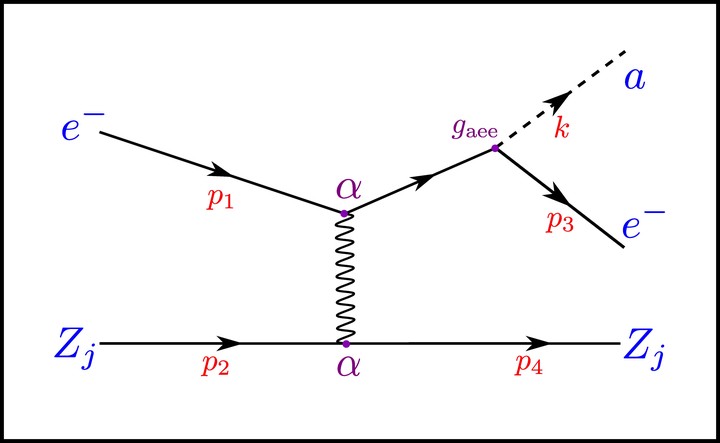Axion Basinschein : A search for gravitationally bound solar axions via stimulated decay into photons

Abstract
A recent study has found that massive particles like axions emitted from stars can enter gravitationally bound orbits around them. These particles then accu- mulate over the large astronomical lifetime of the star, forming a density profile around them called stellar basins. This density profile is known as the solar axion basin. In another study, it has been established that an electromagnetic signal with a wavelength corresponding to half of the axion mass produces a stimulated decay of axions into photons, which we call an echo. The geometry of this echo is such that the axion decays into two back-to-back facing photons. This master’s thesis combines these ideas to predict echo signals from axion stel- lar basins of various stellar objects, which we call basinschein. First, we predict the echo of keV axions from the basin of our sun, a white dwarf, and a neutron star. Secondly, consider the axion basin of our sun for various axion masses and predict their echo signals. Then, we estimate an echo signal from Milky Way’s dark matter halo. The echo signal from all these scenarios is too weak to be detected by past and present instruments; hence, it is improbable that we find a signature of such a phenomenon in current and archived data.